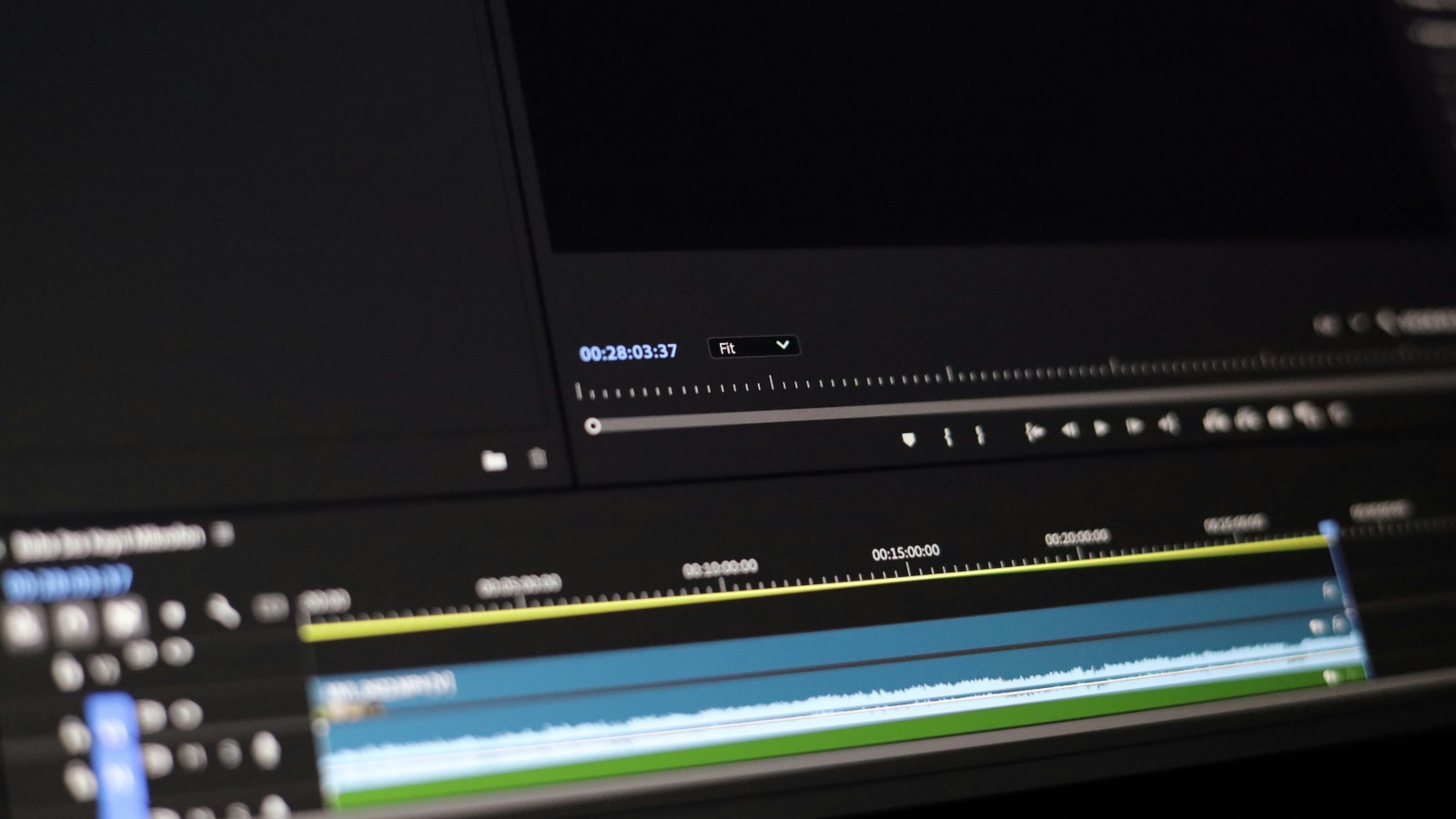
Subtitle Localization Workflows: From Project Planning to Delivery
The demand for subtitle localization continues to skyrocket daily. Subtitle localization enables global reach and bridges content, allowing various audiences to experience it as immersively as possible. With cultural relevance at its core, subtitle localization goes beyond simple translations—it is a crucial component in ensuring content is as relatable and immersive as possible.
Streaming platform giants like Netflix, Disney+, HBO, and others have invested time and resources to ensure smooth, high-quality localization work for global audiences. Whether it's K-dramas, Southeast Asian films, Japanese series, or other content, subtitle localization is key to achieving global reach and expanding opportunities.
Subtitle localization focuses on several elements other than translations, such as cultural nuances, immersiveness, and technical limitations. Therefore, the process is highly time-consuming. There are various steps to follow, and without a proper system, the localization process can lead to minor issues, such as timecoding inaccuracies, as well as significant problems like misinterpretation or oversimplification.
Striking the right balance of quality and speed is the sweet spot to target for subtitle localization. A well-structured process ensures smooth workflow and high-quality results that keep the audience engaged and immersed. This article dives into what the entire process looks like and what to look out for if you are aiming for an organized, high-quality localization process.
Project Planning

The first step in a subtitle localization process is project planning. It lays the foundation and structure of the entire process, so having a solid and detailed project plan is fundamental. The project plan covers the scope, requirements, expectations, and timeline. While it differs for each project, specific localization requirements, cultural adaptation needs, and tone are also discussed. A documentary usually uses a more formal tone than a comedy show. Establishing the language pair, of course, is the start.
Another crucial element in project planning is budgeting. It varies between projects; however, some details to look out for are language complexity, turnaround time, and the localization team itself. Whether it is an in-house localization team, freelancers, or experienced localization agencies, this choice can significantly impact the budgeting. A detailed and solid project plan can help with timely delivery and quality assurance before starting the process. From transcription and translation to editing, quality checks, and delivery, having a system to track progress at each step helps keep the process on track.
Read More: Subtitle Translation vs Localization: Key Differences
Transcription and Time Coding
Once the project plan is established, the localization process can begin. At this stage, the source content should be available to all localization team members, beginning with transcription and time coding. Considering that this step can be very time-consuming and tedious, many use AI tools such as Trint and Descript to speed up the process and then manually refine it afterward. It is important to note that correct transcription and time coding heavily affect the steps following this one, as a lousy transcription can create mistranslations and out-of-sync subtitles.
Subtitles that appear too early or too late can disrupt audience’s immersion. Proper time coding is just as essential to keep the audience immersed and increase readability and pace. Different companies have their own specific guidelines and styles for time coding, such as the characters per second limits. Subtitling tools like Subtitle Edit and Aegisub can help with precise time coding settings.
Translation and Localization

This step is where much of the creative and research work happens. The localization process goes beyond literal translation—it adds cultural relevance to ensure the work is adapted well for the target audience to fully relate to and enjoy. Localization also helps avoid awkward translations that can be confusing, such as direct translations of idioms, jokes, and puns that do not land well if not properly localized.
A key aspect of this step is avoiding mistranslations and misunderstandings. Localization failure can lead to distorted storylines, oversimplifications, or even controversies, which heavily impact the audience’s overall viewing experience. It is essential to underline that the goal of translation and localization is to create an immersive viewing experience for global audiences, ensuring everyone can enjoy and relate to the content despite the language and cultural barriers. Professional localization teams often have databases and glossaries to ensure consistency across episodes, seasons, or franchises.
Formatting and Technical Aspects
Besides the creative aspect of subtitle localization, its technical side is just as important. Properly localized subtitles require good readability, which depends on technical aspects. The majority of industry standards, for example Netflix’s, suggest that the subtitles have two lines at most, with 42 characters per line for optimal readability. This makes it easier for the audience to read each line without being overwhelmed. However, specific languages take up different spaces than others, such as Korean, Chinese, and Arabic, so they have different maximum characters per line.
Streaming platforms also have their preferred subtitle formatting requirements, such as TTML, SRT, SBV, WebVTT, or other formats. This must also be considered to ensure a smooth delivery and proper distribution. Since subtitle localization aims to bridge content with global audiences, it is a must that the subtitles also be adapted for hearing-impaired audiences through SDH (Subtitles for the Deaf and Hard of Hearing). SDH has its own requirements to accommodate hearing-impaired audiences best.
Quality Assurance
This step is for editing, proofreading, and testing. All subtitles have been written and formatted according to the requirements, but it is most likely still not error-free. Quality assurance reviews the subtitles with a fine comb to find any inconsistencies or inaccuracies. Linguists, subtitle editors, and native speakers are usually involved in this step to refine the subtitles further.
The three main things that the quality assurance process looks out for are sync mismatches, spelling and grammar errors, as well as reading speed issues. Out-of-sync subtitles that appear too early or too late can ruin the viewing experience, while spelling, grammar, and reading speed issues affect readability and comprehension. Though there are AI tools to detect errors automatically, human expertise is still the best way to go about this process to ensure the cultural and contextual accuracy are still priorities.
Read More: Analyzing the Localization of the Mini-Series Beef: A Key to Global Success
Integration and Delivery
The localized subtitles should have been finalized by now. The last step in the subtitle localization process is integrating the subtitles into the final video. Different platforms have different requirements for this step, as some require embedded subtitles, while some use sidecar subtitles (such as SRT files) to enable or disable the subtitles easily.
Testing subtitle appearance across different devices—such as TVs, phones, and desktops—ensures clarity and proper formatting. Sometimes, subtitles may display incorrectly due to issues like font size or color contrast. The localized subtitles can be delivered through various formats, all depending on the platforms and their requirements. Then, the subtitle localization process is done. Congratulations!
Conclusion
Diving into the world of subtitle localization can be overwhelming. Understanding its entire process, from project planning to delivery, can break it down into simple, actionable steps. The key to successful subtitle localization is ensuring accuracy, efficiency, and overall viewer satisfaction. Whether from the creative or technical part of the process, they all work together to deliver seamless and high-quality subtitles.
Technological advancements, such as AI-powered tools for subtitle localization, can greatly aid the process. They help with the more time-consuming and tedious tasks, giving more time for human professionals to work on the research and translation steps. That said, human expertise remains crucial for quality control and refining AI-generated output. Striking the right balance between human expertise and AI tools ensures high-quality projects are delivered on time.
Ready to enhance your content with expert subtitle localization? Visit https://digital-trans.asia/ to learn more about our services. Contact us today to get started!